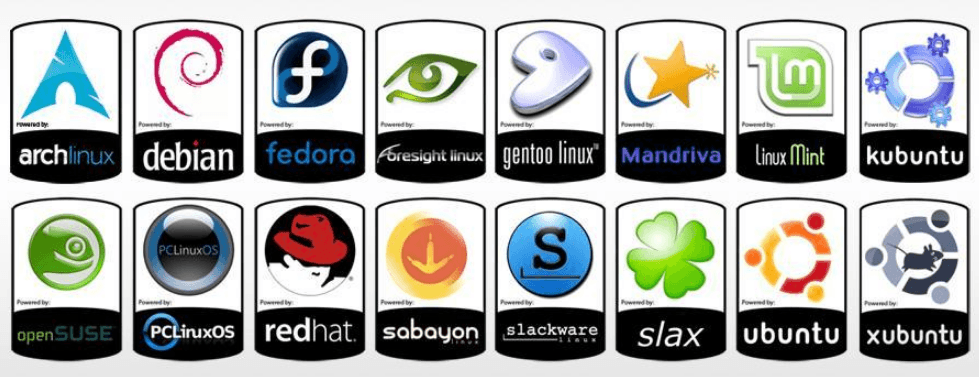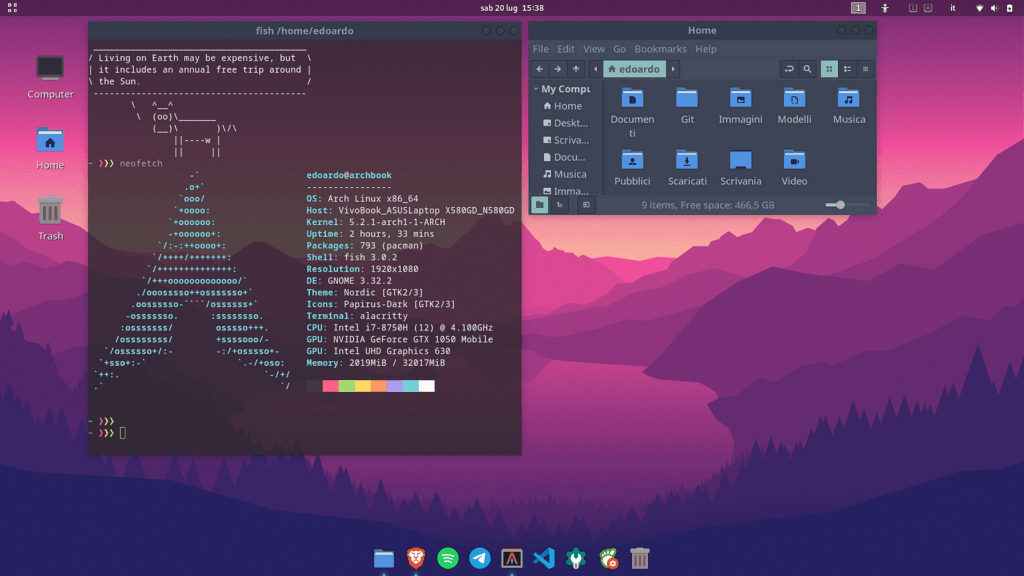Linux vs BSD – Introduction
In the world of open-source operating systems, two giants emerge: Linux and BSD. It’s a battle of philosophies and functionalities, where both platforms strive to offer the best solutions for users worldwide. But which one reigns supreme?
Linux, with its vast range of distributions, has gained tremendous popularity over the years, thanks to its robustness, flexibility, and extensive community support. Whether you’re a beginner or a seasoned professional, Linux offers a wealth of options that cater to your specific needs. With its mantra of “choice and freedom,” it has become the go-to platform for developers and tech enthusiasts alike.
On the other hand, BSD, with variants like FreeBSD, NetBSD, and OpenBSD, takes a more conservative approach. It focuses on stability, security, and compatibility, making it an ideal choice for servers and high-performance computing. BSD’s rock-solid reputation in the industry has earned it a loyal following among system administrators and security-conscious individuals.
In this article, we dive deep into the battle between Linux and BSD. We explore their key differences, strengths, and weaknesses, helping you make an informed decision on which open-source operating system suits your needs best. So, let’s embark on this journey and unravel the mysteries of Linux versus BSD.
History and Origins of Linux and BSD
The origins of Linux and BSD can be traced back to the early days of computing, where the groundwork for open-source operating systems was laid. BSD, or Berkeley Software Distribution, emerged from the University of California, Berkeley, in the late 1970s. It was originally created as an extension of the AT&T Unix operating system, which was popular among academic institutions. BSD introduced several significant innovations, including the TCP/IP networking stack, which eventually became the foundation for the modern internet. As BSD evolved, it split into various branches, leading to the development of FreeBSD, OpenBSD, and NetBSD, each with its unique focus and strengths.
On the other hand, Linux was developed much later, in 1991, by Linus Torvalds, who wanted to create a free and open alternative to the Minix operating system. What started as a personal project quickly gained traction, and with the help of a growing community of developers, Linux blossomed into a versatile and robust operating system. The Linux kernel was released under the GNU General Public License, which encouraged collaboration and sharing among developers. This led to an explosion of distributions, each catering to different user needs, from desktop environments to server-oriented solutions.

Both operating systems have undergone significant evolution since their inception. Linux has become synonymous with open-source flexibility and innovation, while BSD has maintained a reputation for stability and security. Their histories reflect their philosophies: Linux embraces a modular and choice-driven approach, while BSD focuses on providing a cohesive and integrated experience. Understanding these origins provides valuable context for evaluating their current capabilities and suitability for various use cases.
Key Differences Between Linux and BSD
One of the most noticeable differences between Linux and BSD is their licensing models. Linux is primarily governed by the GNU General Public License (GPL), which requires that any derivative works also be open source. This has led to a vibrant ecosystem of distributions and software that thrive on collaboration and sharing. In contrast, BSD is released under a more permissive license, allowing users to modify and redistribute the code with fewer restrictions. This has attracted many developers who prefer the freedom to incorporate BSD code into proprietary projects without the obligation to disclose their changes.

Another key difference lies in their system architectures. While both operate on similar fundamental concepts, Linux tends to adopt a more modular design, allowing users to customize their installations extensively. This flexibility can lead to a wide variety of distributions, each with its own package management systems, user interfaces, and software repositories. BSD, conversely, follows a more monolithic approach, where the operating system and its components are developed together, resulting in a more integrated and stable environment. This can be advantageous for users who prefer a straightforward installation without the need for extensive configuration.
Furthermore, the user base and community culture surrounding each operating system differ significantly. Linux has a larger and more diverse user base, which contributes to a wealth of resources, forums, and documentation. This extensive community support can be invaluable, particularly for newcomers seeking assistance. BSD, while smaller in comparison, has a dedicated and knowledgeable community that emphasizes quality and security. Users often find that BSD’s focused approach leads to a deeper understanding of the system, as the community actively encourages best practices and efficient usage.
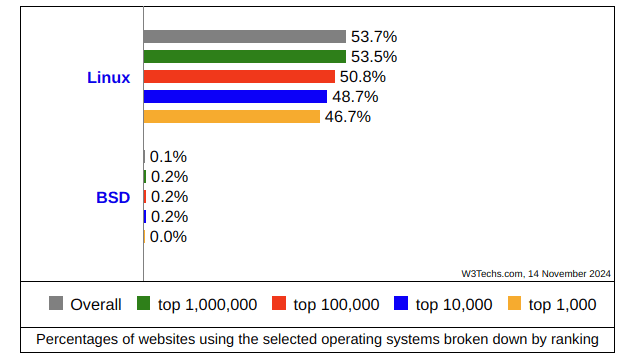
- Information: Check original data source HERE
Performance Comparison Between Linux and BSD
When it comes to performance, both Linux and BSD have their strengths, but the effectiveness can vary depending on the use case. Linux is often praised for its ability to run efficiently on a wide range of hardware, from low-end devices to high-performance servers. The kernel’s modular design allows for optimizations that can significantly enhance performance, especially in environments that require scalability. Additionally, Linux distributions frequently receive updates and enhancements that improve resource management, leading to better overall performance in many scenarios.
BSD, particularly FreeBSD, is known for its exceptional performance in networking and server environments. Its TCP/IP stack is highly optimized, making it a popular choice for web servers and routers. The integrated nature of BSD allows for tighter coupling between the operating system and its networking components, resulting in lower latency and better throughput. For applications that rely heavily on network performance, BSD can offer a distinct advantage over Linux, especially in large-scale deployments.
However, it’s essential to consider the specific needs and configurations of a system when comparing performance. Benchmarks can vary based on the workloads, hardware, and software environments used. While Linux may excel in desktop scenarios with diverse applications, BSD might outperform in server contexts where stability and network performance are paramount. Ultimately, the choice between Linux and BSD should be informed by the specific use case and the performance characteristics that matter most to the user
User Interface and User Experience Comparison
User interface and user experience are critical aspects when choosing an operating system, as they can significantly impact productivity and satisfaction. Linux distributions offer a vast array of desktop environments, such as GNOME, KDE Plasma, and Xfce, each providing a unique look and feel. This diversity allows users to select an environment that best fits their preferences, whether they prefer a modern aesthetic or a lightweight setup. Additionally, many distributions come with user-friendly installation processes and graphical package managers, making it accessible for newcomers to get started.




In contrast, BSD systems tend to follow a more conservative approach regarding user interfaces. While they do support various desktop environments, the focus is often on performance and stability rather than aesthetics. For instance, FreeBSD can be installed with different desktop environments, but the default setup typically emphasizes a command-line interface, appealing to users who prefer a more hands-on approach. This might seem daunting for less experienced users, but many find that it offers a deeper understanding of the operating system.
Moreover, the overall user experience can differ significantly between the two platforms. Linux benefits from a larger ecosystem of applications and tools designed specifically for it, often leading to smoother integration and ease of access. Many popular software packages, such as web browsers, office suites, and multimedia applications, are readily available and optimized for Linux. On the other hand, while BSD supports many of these applications, users may occasionally encounter compatibility issues or have to rely on ports and compilation, which can be less user-friendly. Thus, the choice between Linux and BSD can be influenced heavily by the user’s familiarity with command-line operations and their specific needs for desktop environments.
Software Availability and Package Management
Software availability is a crucial consideration when comparing Linux and BSD. Linux boasts an extensive collection of software packages, thanks in large part to the diverse community of developers contributing to various distributions. Most popular applications are readily available through official repositories, making installation simple and efficient. Package management systems like APT for Debian-based distributions and YUM/DNF for Fedora-based distributions streamline the process of software installation, updates, and dependency resolution, allowing users to focus on their tasks rather than software management.
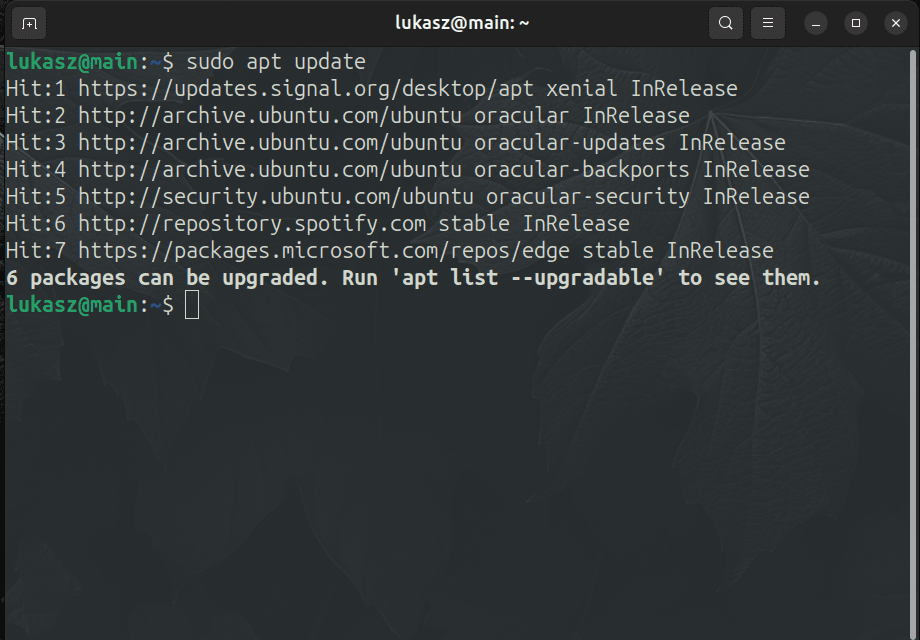
BSD, while having a more limited selection of software compared to Linux, still offers a robust set of applications through its ports collection and binary packages. FreeBSD’s ports system allows users to compile applications from source, providing flexibility and customization options. However, this process can be time-consuming and may require a deeper understanding of the system. For users who prefer ready-to-use software, FreeBSD also offers pre-compiled binary packages, but the selection might not be as comprehensive as that found in mainstream Linux distributions.
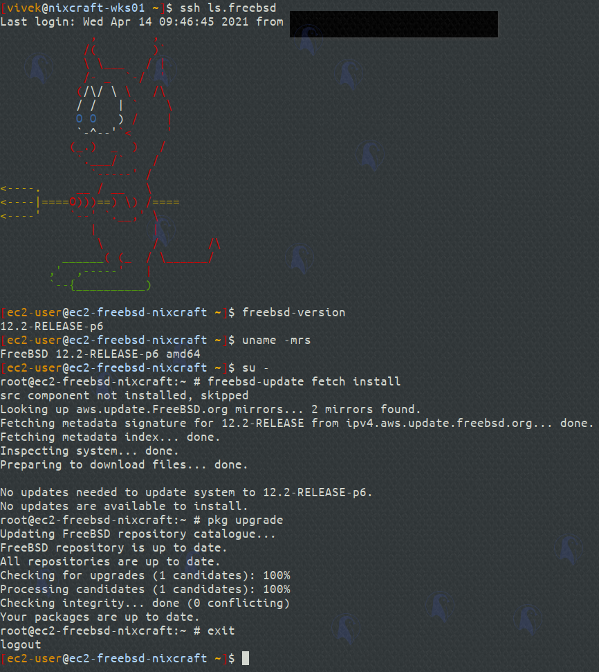
Moreover, the differences in package management can impact the user experience. Linux distributions often have dedicated graphical package managers that simplify software installation, which is beneficial for less experienced users. On the other hand, while BSD has graphical package management options, users typically rely on command-line tools for the majority of package management tasks. This can be an advantage for those who appreciate the control and transparency of command-line operations, but it may pose a barrier for newcomers who are more accustomed to graphical interfaces. Ultimately, the choice between Linux and BSD may hinge on the specific software needs of the user and their comfort level with different package management systems.
Community Support and Development
The community support surrounding Linux and BSD plays a significant role in the usability and development of each operating system. Linux benefits from a vast and diverse community, with millions of users and contributors across the globe. This extensive network results in abundant documentation, forums, and support channels where users can seek assistance and share knowledge. Popular distributions such as Ubuntu and Fedora have dedicated communities that actively engage in development and provide user support, ensuring that newcomers can find help easily and quickly.
In contrast, BSD communities, while smaller, are often tightly knit and focused on quality. The developers and users within BSD communities tend to be highly knowledgeable and passionate about the operating system. This can lead to a more in-depth understanding of the system’s intricacies, but it may also result in a steeper learning curve for newcomers. The documentation for BSD systems, though comprehensive, might not be as user-friendly as that found in many Linux distributions. However, those who take the time to engage with the community often find that they receive valuable insights and support tailored to more advanced use cases.
Furthermore, the development philosophies of the two communities differ significantly. Linux development is characterized by a rapid pace, with frequent updates and new features being introduced. This can benefit users who seek the latest innovations but may also lead to stability concerns for those who prefer a more conservative approach. BSD’s development process, on the other hand, prioritizes stability and security over rapid feature releases. This results in a more predictable release cycle, which can be appealing for users who rely on their systems for critical tasks. Ultimately, the choice between Linux and BSD may depend on the user’s preference for community engagement, documentation quality, and the desired pace of development.
Security and Stability Comparison
When evaluating security and stability, both Linux and BSD have earned their respective reputations in different contexts. BSD, particularly OpenBSD, is renowned for its security-first philosophy. The OpenBSD project places a strong emphasis on code correctness, proactive security measures, and a minimalistic approach that reduces potential attack vectors. This focus on security has led to an operating system that is often considered one of the most secure available, making it an ideal choice for environments where security is paramount.
Linux, while also secure, tends to approach security from a different angle. The Linux kernel and its distributions have developed various security features, such as SELinux (Security-Enhanced Linux) and AppArmor, which provide mandatory access control and additional layers of security. The rapid pace of development in the Linux ecosystem can sometimes lead to vulnerabilities being introduced, but the extensive community actively works to identify and patch these issues. Regular updates and a robust patch management process contribute to maintaining security in Linux systems.
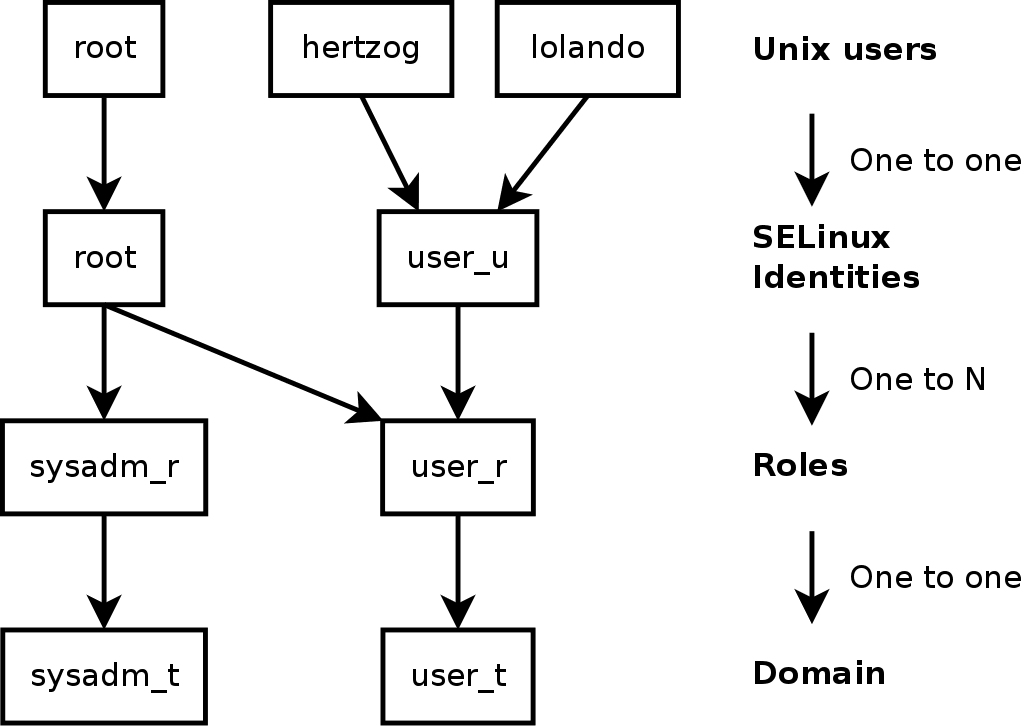
Stability is another critical factor in the comparison of these operating systems. BSD’s cohesive development model, where the operating system and its components are developed together, often results in a more stable environment, particularly for server applications. FreeBSD is frequently used in production environments, where its reliability is essential. Linux distributions, while generally stable, can vary in their release cycles and stability guarantees. Some distributions, such as Debian Stable, prioritize stability, while others, like Fedora, focus on providing the latest features, which may come at the expense of stability. Therefore, the choice between Linux and BSD for security and stability depends on the specific use case and the user’s preference for a conservative or cutting-edge approach.
Use Cases for Linux and BSD
The use cases for Linux and BSD can vary widely, reflecting their respective strengths and philosophies. Linux is often favored for desktop environments, offering a plethora of distributions that cater to different users’ needs. For instance, Ubuntu is known for its user-friendliness, making it popular among newcomers, while Arch Linux appeals to more experienced users who desire complete control over their systems. Additionally, Linux is widely used in cloud computing and virtualization environments, where its flexibility and scalability make it an attractive choice for developers and system administrators.
In contrast, BSD is frequently chosen for server environments, particularly for applications that demand high reliability and security. FreeBSD, with its robust networking capabilities, is a popular choice for web servers, storage servers, and routers. OpenBSD, known for its security features, is often employed in environments where data protection is critical. The integrated nature of BSD allows for a streamlined setup and consistent performance, making it ideal for organizations that prioritize stability over rapid feature releases.
Moreover, the choice between the two operating systems can also depend on specific applications and workloads. Linux’s extensive software availability makes it suitable for a wide range of applications, from multimedia editing to gaming. BSD, while it may have fewer software options, excels in scenarios where performance and security are paramount. Organizations often evaluate their unique requirements, considering factors such as the intended use, hardware compatibility, and desired level of community support when deciding between Linux and BSD.
Conclusion: Which is the Better Choice?
In conclusion, the decision between Linux and BSD ultimately depends on the user’s specific needs, preferences, and use cases. Linux, with its vast ecosystem, user-friendly distributions, and diverse community, is an excellent choice for those seeking flexibility and a wide range of applications. Its adaptability makes it suitable for desktop users, developers, and enterprises looking for scalable solutions.
On the other hand, BSD’s focus on security, stability, and performance makes it an ideal candidate for environments where those qualities are of utmost importance. Users who prioritize a cohesive system with a strong emphasis on security may find BSD to be the better choice, especially for server deployments.
Ultimately, both operating systems have their unique strengths and weaknesses, and the best choice will vary depending on the context in which they will be used. By understanding the key differences, performance characteristics, user experiences, and intended use cases, users can make an informed decision that aligns with their specific requirements. Whether you choose Linux or BSD, both offer the freedom and power of open-source software, enabling users to tailor their computing environments to suit their needs.


